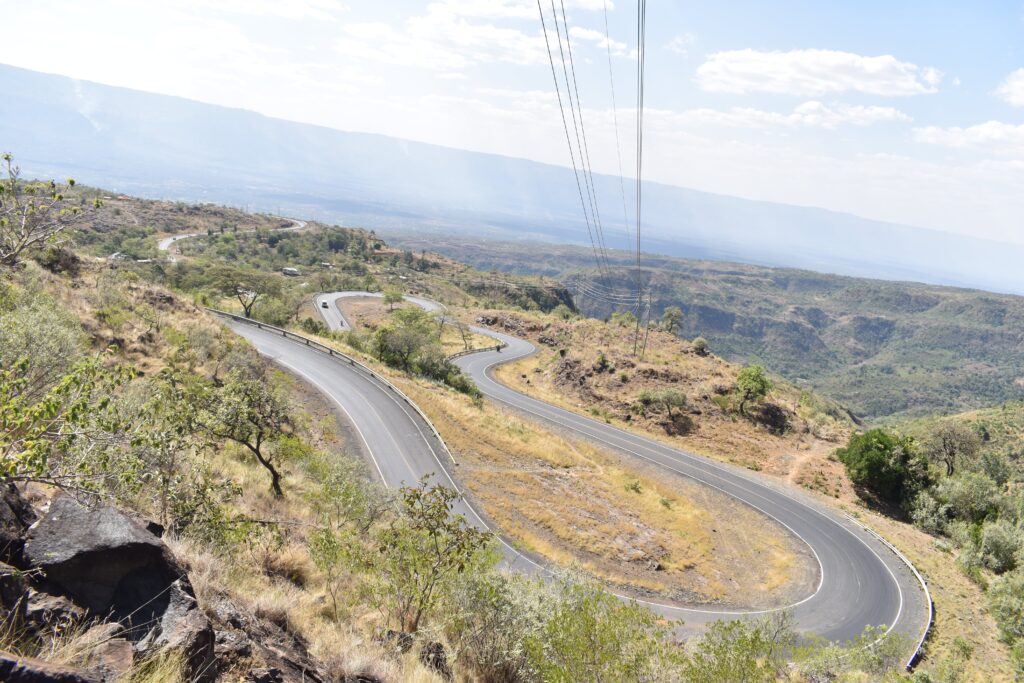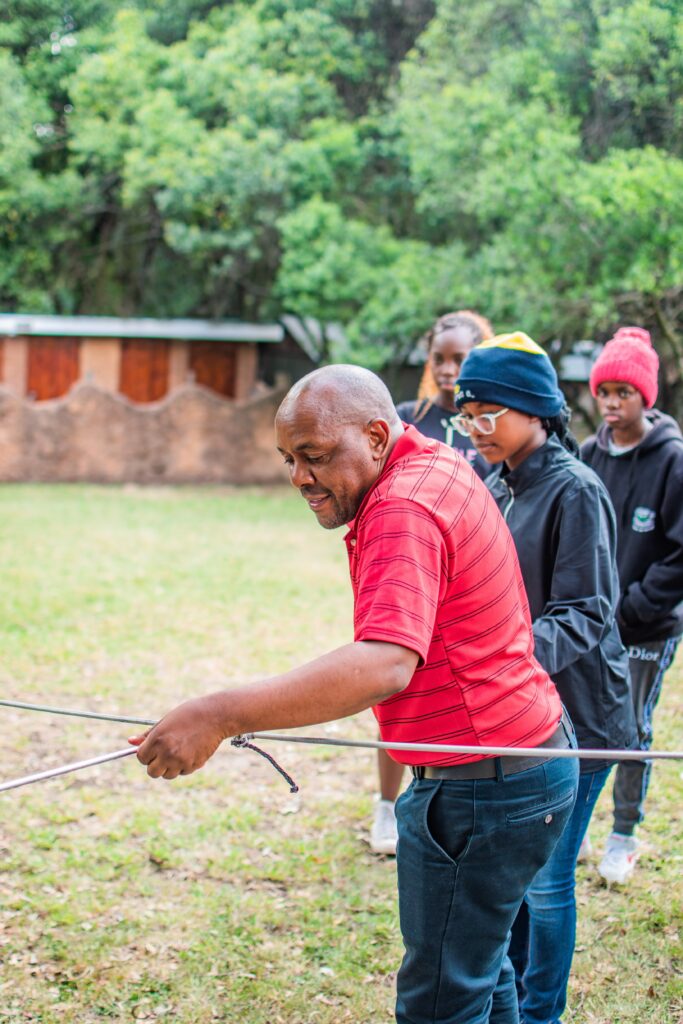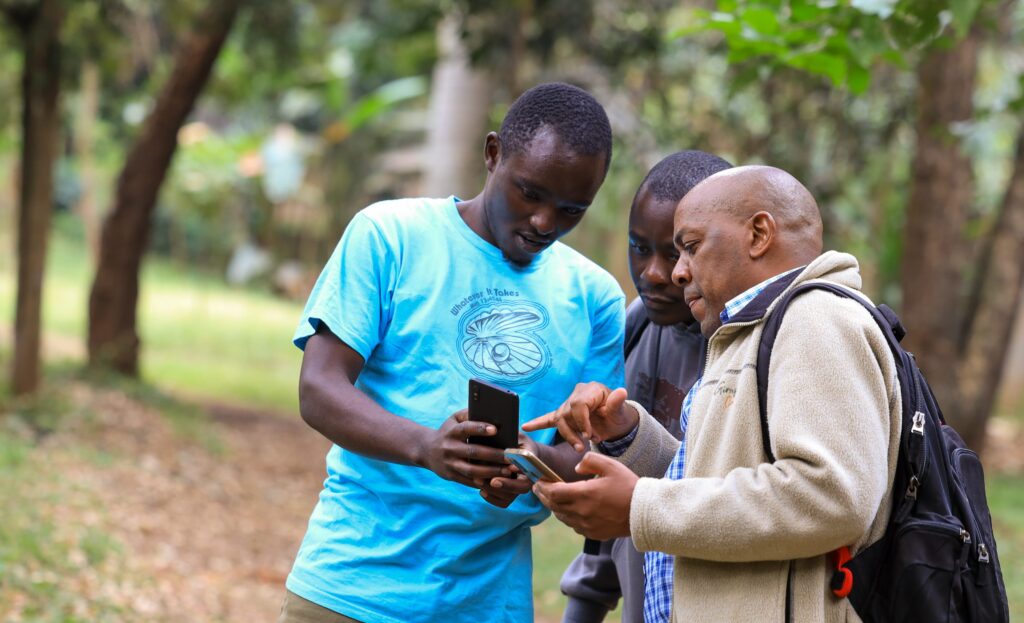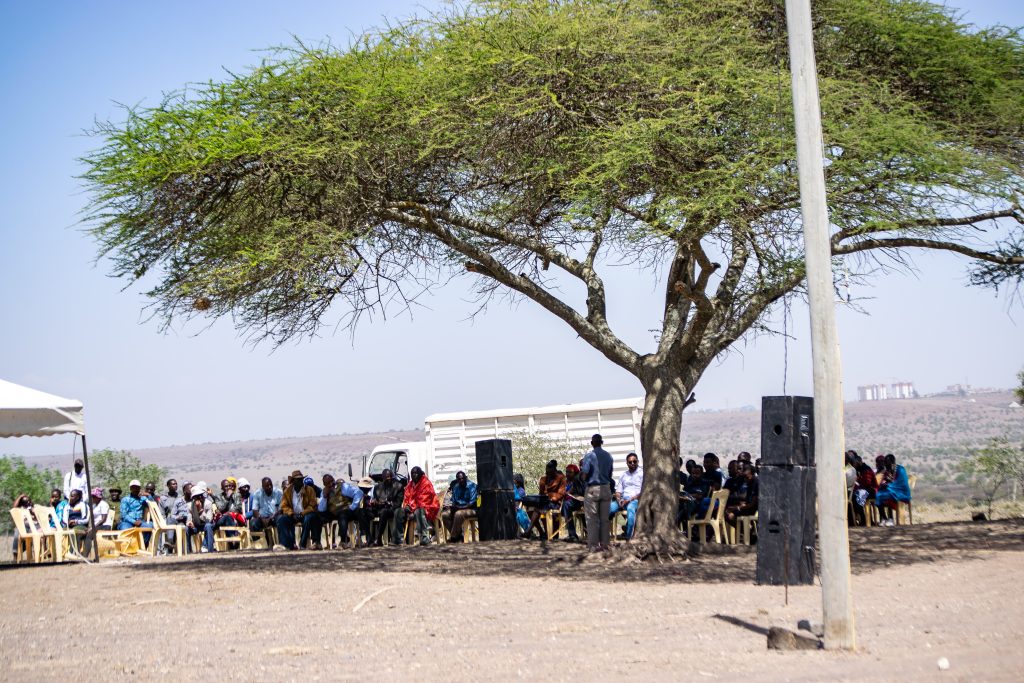Are you ready to embark on an exciting journey of creativity and environmental consciousness? The Giraffe Centre invites you to participate in our eagerly awaited essay and art competition, themed “Think Green Go Green for a Better Future.” This is not just a chance to showcase your talents but an opportunity to contribute to a sustainable and eco-friendly future.
Competition Details:
– Theme: Think Green Go Green for a Better Future
– Submission Period: January 1st to March 31st
– Categories: Essay and Art
– Prizes: The winners will embark on a one-week fully paid Safari adventure!
How to Participate:
1. Choose Your Medium: Whether you’re a wordsmith or an artist, this competition caters to both! Craft an essay or create a captivating piece of art that aligns with the theme.
2. Express Your Vision: Dive deep into the theme and express your vision for a sustainable future. What does it mean to “Think Green” and “Go Green” in your eyes? Your unique perspective could make a significant impact!
3. Submit Your Entry: Send in your masterpiece between January 1st and March 31st. Details on submission methods and guidelines can be found on the competition poster.
Why Participate?
1. Environmental Impact: Your thoughts and creativity can inspire change. By participating, you become an advocate for a greener and healthier planet.
2. Skill Enhancement: Sharpen your writing and artistic skills under the theme of environmental sustainability.
3. Adventure Awaits: Imagine yourself on a one-week fully paid Safari, surrounded by the beauty of nature. The winners of the competition will experience this unforgettable journey.
Hosted by Giraffe Centre:
The Giraffe Centre is dedicated to environmental education and conservation. By hosting this competition, we aim to nurture the talents of Kenyan youth while fostering a deep appreciation for our planet’s well-being.
Don’t miss out on this incredible opportunity to make a difference while showcasing your creativity! Let your imagination run wild as you “Think Green” and “Go Green” for a better future.
Visit our website for more details on how to participate, submission guidelines, and updates on the competition. Together, let’s create a future where sustainability is at the heart of our actions.
Join us in the journey towards a greener, brighter tomorrow!























